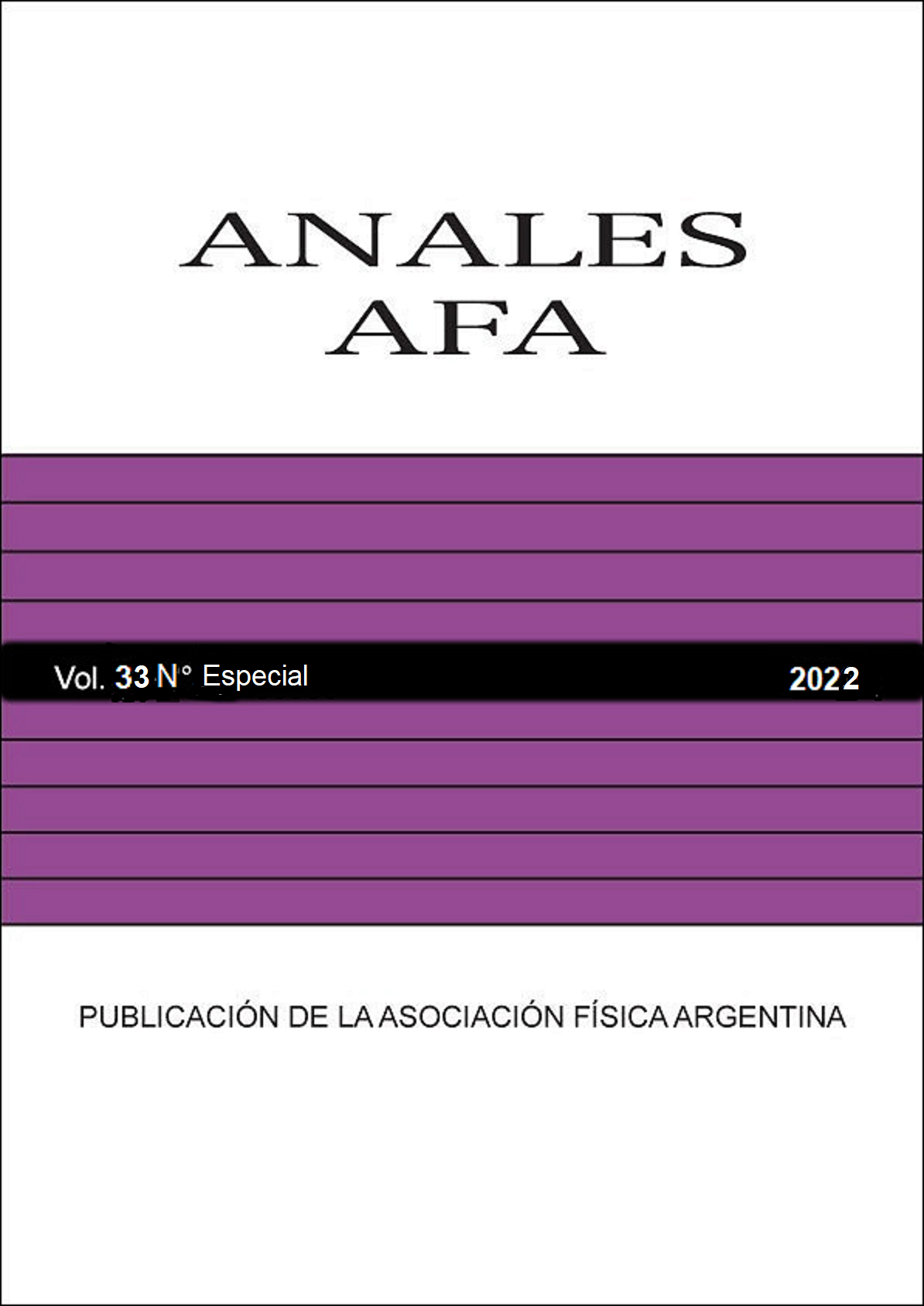NUMERICAL ANALYSIS OF VISCOELASTOHYDRODYNAMIC LUBRICATION IN KNEE PROSTHESIS WITH NON-NEWTONIAN FLUID
Abstract
In this work, a computational model of thin film lubrication applied to a knee prostheses was designed in order to make a comparison between three constitutive models, i.e. a power law, the Carreau-Yasuda model and the Cross model. The equivalent model of the knee prosthesis was modeled as a rigid cylinder on a deformable plane. The mechanical behavior of the deformable component representing the tibial base was assumed as a viscoelastic Standard Linear Solid (SLS). The governing equations were solved simultaneously with the determination of a free moving boundary by implementing it in COMSOL Multiphysics software. The results obtained showed that the Cross model presents the highest shear rate value, the lowest film thickness and the dynamic viscosity with less variation along the lubrication channel, reaching a minimum viscosity value of 0.02 Pa.s. The Carreau-Yasuda model presents the highest value of friction coefficient, being 21.5% higher than for the Power Law model and 3.67% higher than the Cross model.




